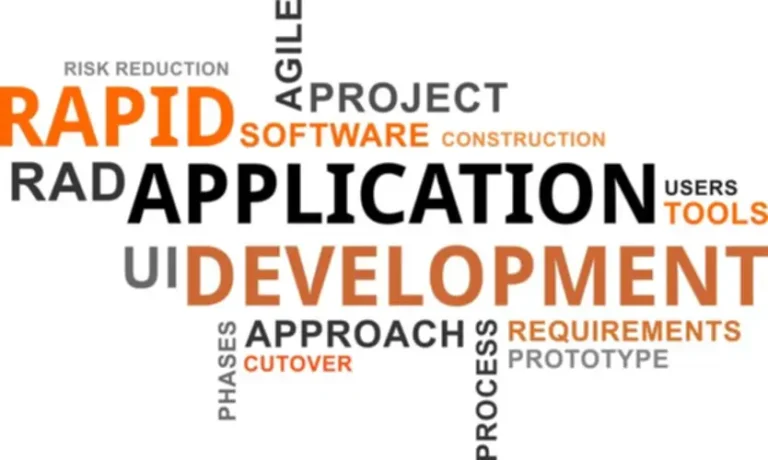Deploying AI requires experience in varied areas, together with knowledge science, engineering, and domain-specific data. Cross-functional groups guarantee a balance of technical abilities and business expertise, leading to higher decision-making. Once deployed, AI techniques require regular updates to guarantee relevance and accuracy. Maintenance prices typically include retraining algorithms, software updates, and changing obsolete hardware.
In Style examples embrace Salesforce, Zoom, and Slack, which provide ready-made software designed for particular consumer wants. Inside a company, teams from totally different departments must work together to make sure AI initiatives are aligned with broader business AI Platform as a Service objectives. For example, information scientists and software program engineers provide technical experience, whereas area consultants provide insights into industry-specific issues.

This hybrid strategy permits firms to balance efficiency with scalability. It also helps mitigate costs by maintaining costly, high-priority operations on-premises while allowing less critical workloads to profit from the cost-efficiency of cloud computing. It’s modern, scalable, and guarantees countless storage with out the need for cumbersome servers humming away in some back room. Cloud computing has revolutionized the means in which companies manage knowledge, offering flexible access to superior computational power with out the excessive upfront price of infrastructure. IaaS supplies the foundation and supplies for setting up these AI buildings.
Overcome The Challenges Of Deploying Artificial Intelligence
NLP-enabled iPaaS platforms are setting a brand new commonplace for consumer interaction. They comprehend technical jargon and domain-specific language, reducing misconfigurations and accelerating development. Meanwhile, predictive analytics are reworking operational reliability.
Paas (platform As A Service)
- This triggers a GitHub Motion workflow, which makes use of the configuration and base container images from Docker Hub.
- This sensible information is designed to help technical groups in efficiently deploying ML fashions to manufacturing.
- These intelligent instruments enable customers with out technical backgrounds to outline integration workflows in plain language.
- Additionally, data synchronization can occur in real-time amongst varied systems to ensure enterprise decision-makers are given related data once they want it to make choices.
A. Davis, “Scalability and fault tolerance in multi-agent methods for workflow automation,” Cloud and AI Research, vol. Integration obligations are shifting from IT departments to cross-functional groups, and new roles like “Citizen Integrators” and “Integration Product Owners” are becoming mainstream. As AI takes over repetitive coding duties, IT specialists concentrate on governance, platform design, and strategy.
Lastly, scaling ML fashions is each crucial and difficult, especially when person demand grows or inference latency turns into a problem. When a mannequin is deployed in production, it should deal with varying ranges of visitors, from sporadic use to heavy workloads. For instance https://www.globalcloudteam.com/, an e-commerce recommendation system should course of real-time knowledge and serve predictions to tens of millions of users on typical days as well as through the surge of holiday buying. Transitioning machine learning fashions from growth to manufacturing includes advanced challenges, each of which might significantly affect deployment success and long-term system performance.

Peak’s new service, AI Platfor-as-a Service (PaaS) aims to resolve this, boosting success charges by making knowledge teams four occasions more productive. It additionally will help enterprise customers build, practice, and deploy machine studying solutions throughout their organizations to scale. User-developed options constructed on AI-based PaaS are already changing traditional SaaS offerings. By leveraging AI platforms, businesses can create highly custom-made and efficient functions tailor-made to their needs, outperforming the standardized capabilities of SaaS. The growing complexity of contemporary IT systems necessitates innovative approaches to workflow automation, particularly in Platform-as-a-Service (PaaS) architectures. Small businesses can handle AI costs by beginning with pre-built fashions, leveraging cloud-based AI options for scalability, and focusing on high-impact projects with measurable outcomes.

For essentially the most half, it’s as a end result of Google, OpenAI and Anthropic lead the charge, but they don’t open-source their fashions nor do they provide native options. The Restack developer toolkit offers a UI to visualize and replay workflows or individual steps. Open a favourite IDE like VS Code or Cursor on one aspect and consider workflows on the other to enhance debugging and local growth.
Lack of readability about how an AI mannequin arrives at its conclusions can result in mistrust, especially in critical applications like finance or healthcare. Explore the basics of Platform as a Service (PaaS) in this guide. Learn how it simplifies app improvement, enhances collaboration, and accelerates deployment. Explore eight agile methodologies shaping the method ahead for PaaS and transforming app growth. Uncover progressive practices that enhance collaboration and streamline workflows. Discover how PaaS is remodeling financial services through seven progressive functions, enhancing scalability, compliance, and buyer engagement within the trade.
The improvement of AI methods entails buying advanced software, high-performance hardware, and skilled personnel. Organizations with limited budgets typically wrestle to bear these expenses. AI methods can sometimes be perceived as “black packing containers,” where selections are tough to interpret.
Even past staying in compliance with PCI rules, they need to be careful about how and why they deal with their data. Likewise, algorithmic buying and selling and trading rooms normally depend on ultra-fast processing to grab CSS fleeting market opportunities. Compliance monitoring ensures that monetary establishments meet legal obligations, and with on-premises AI, these institutions can confidently manage delicate knowledge without third-party involvement. When you point out AI, both to a layman and an AI engineer, the cloud might be the first thing that involves mind.

